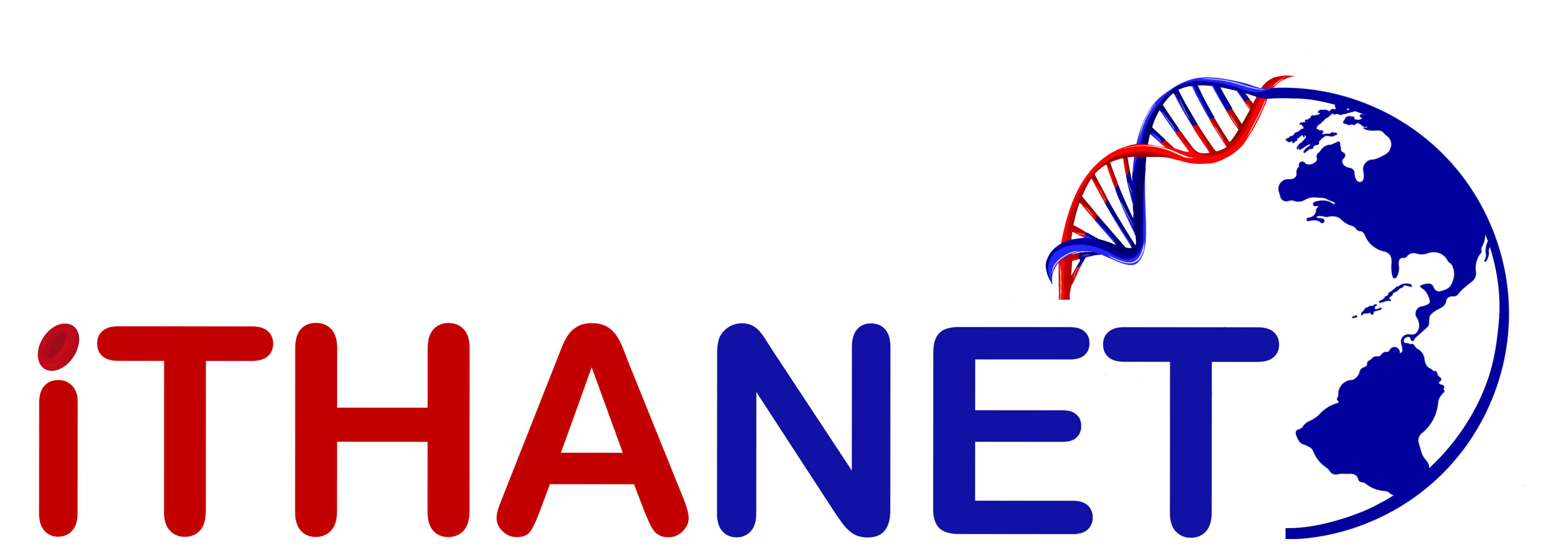GeneID: 246
Names
| Common Name: | RRAD | Type: | Gene |
|---|---|---|---|
| Chromosome: | 16 (NC_000016.10) | Locus: | N/A |
| HUGO Symbol: | RRAD | Full Name: | RRAD, Ras related glycolysis inhibitor and calcium channel regulator |
| Exons: | 5 | Introns: | 4 |
Description:
This gene is a member of the Ras superfamily of GTPases. RRAD or RAD (Ras Associated with Diabetes) was originally identified from skeletal muscle of Type II diabetic individuals. It contains all five of the core G domains that are found in other small GTPases, but with a number of non-conserved substitutions in regions that are involved in GTP binding, thereby having low GTPase activity. The RRAD protein exhibits N- and C-terminal extensions that create additional phosphorylation sites for binding proteins, such as calmodulin and 14-3-3 proteins. It also lacks the C-terminal CAAX box involved in lipid modifications for membrane anchorage, which is required for GTPase function. RRAD is expressed in skeletal and cardiac muscles and exhibits diverse subsellular localization, found in the plasma membrane, the cytoplasm, and the nucleus. These unique features place RRAD in the RGK sub-family of Ras-related GTPases. The RGK proteins consist of RAD, KIR/GEM, REM and REM2. They are involved in the regulation of voltage-gated calcium channel activity, and can modulate cytoskeleton remodelling through the Rho pathway. RRAD may inhibit cardiac hypertrophy through the calmodulin-dependent kinase II (CaMKII) pathway. RRAD has been shown to interfere with NFkB activation, which underlies multiple cellular processes, including inflammation, cell proliferation, migration/invasion and apoptosis. Studies have suggested that RRAD may act as a suppresor of cancer cell proliferation and migration. Polymorphisms in the RRAD gene have been associated with leukocytosis in sickle cell anaemia.
Synonyms: RAD , RAD1 , REM3
Comments:
N/A
Number of entries/variants: 1
Sequence Viewer
Publications / Origin
- Reynet C, Kahn CR, Rad: a member of the Ras family overexpressed in muscle of type II diabetic humans., Science, 262(5138), 1441-4, 1993 PubMed
- Zhu J, Reynet C, Caldwell JS, Kahn CR, Characterization of Rad, a new member of Ras/GTPase superfamily, and its regulation by a unique GTPase-activating protein (GAP)-like activity., J. Biol. Chem., 270(9), 4805-12, 1995 PubMed
- Tseng YH, Vicent D, Zhu J, Niu Y, Adeyinka A, Moyers JS, Watson PH, Kahn CR, Regulation of growth and tumorigenicity of breast cancer cells by the low molecular weight GTPase Rad and nm23., Cancer Res., 61(5), 2071-9, 2001 PubMed
- Béguin P, Mahalakshmi RN, Nagashima K, Cher DH, Kuwamura N, Yamada Y, Seino Y, Hunziker W, Roles of 14-3-3 and calmodulin binding in subcellular localization and function of the small G-protein Rem2., Biochem. J., 390(0), 67-75, 2005 PubMed
- Chang L, Zhang J, Tseng YH, Xie CQ, Ilany J, Brüning JC, Sun Z, Zhu X, Cui T, Youker KA, Yang Q, Day SM, Kahn CR, Chen YE, Rad GTPase deficiency leads to cardiac hypertrophy., Circulation, 116(25), 2976-2983, 2007 PubMed
- Yang T, Colecraft HM, Regulation of voltage-dependent calcium channels by RGK proteins., Biochim. Biophys. Acta, 1828(7), 1644-54, 2013 PubMed
- Hsiao BY, Chang TK, Wu IT, Chen MY, Rad GTPase inhibits the NFκB pathway through interacting with RelA/p65 to impede its DNA binding and target gene transactivation., Cell. Signal., 26(7), 1437-44, 2014 PubMed
- Schaefer BA, Flanagan JM, Alvarez OA, Nelson SC, Aygun B, Nottage KA, George A, Roberts CW, Piccone CM, Howard TA, Davis BR, Ware RE, Genetic Modifiers of White Blood Cell Count, Albuminuria and Glomerular Filtration Rate in Children with Sickle Cell Anemia., PLoS ONE , 11(10), e0164364, 2016 PubMed
